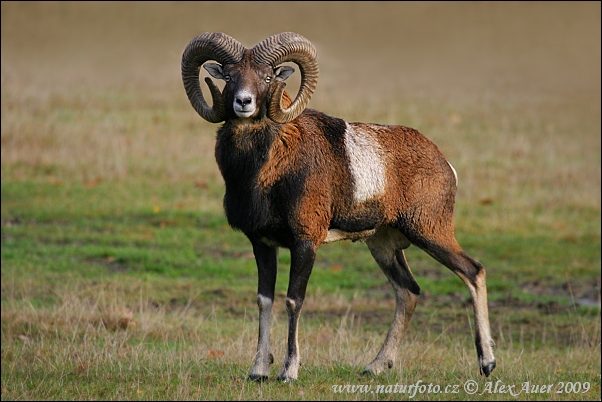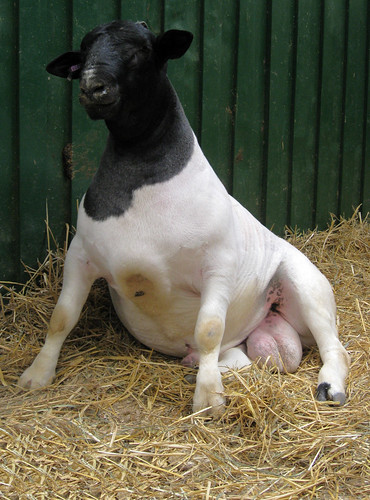 |
| Domestic sheep were once wild Mouflon. |
Obsessed With Ovines
Sunday, October 9, 2011
History of the Sheep
Friday, July 15, 2011
Ram Selection
I have been breeding sheep since 2006. I am here to offer you some tips when buying rams! (These tips work well for selecting ewes for breeding, too.) Note: Rams should never be kept as pets (even friendly and tame ones). Please forgo them when searching for a "pet" sheep.
Warning: This is going to be a long post! :-)
Warning: This is going to be a long post! :-)
1. Find your purpose and find your breed.
First ask yourself, "Why do I want to breed my sheep?" Some answers may include to produce meat lambs, replacement ewes, produce "pet" sheep, or breeding just to breed for no particular reason. What you're breeding for will have a profound impact on which ram (and breed) you choose.At the bare minimum, make sure he is healthy. You do not want to purchase problems when you purchase the ram. An unhealthy sheep will not have healthy (normal) vital signs. His temperature should be about 102.3°F (easy to remember because it's 1-2-3 with a 0 between the 1 and 2), his pulse should be 60-90 beats per minute, and he should have 12-20 breaths per minute.
Producing Meat Lambs
 |
| Suffolk Ram |
Obviously you cannot get the carcass traits (dressing percentage, percent retail trimmed cuts, etc) from a ram you plan on breeding to, so check out his siblings (full and half) and offspring if he has any for their data (if they were slaughtered).
Good breeds for meat production: Suffolk, Hampshire, Southdown, hair breeds, Cheviot.
Producing Replacement Ewes
 |
| Dorset Ram |
Choose a ram that comes from a strong maternal ewe line. Usually a breeder will only keep the top 10% to 20% of his lamb crop for breeding rams, so you can be assured that the ram you choose from any particular flock is superior. If a breeder sells any ram as a "breeding ram," buyer beware: they may not practice good selection practices to ensure that only top quality rams are sold as rams. (The same goes with ewes: the bottom 10% to 50% of the ewe lamb crop should probably be sent to a terminal market.)
Good breeds for replacement ewe production: finewool breeds, hair breeds, Finnsheep, Dorset, Romanov.
Producing Pet Sheep
 |
| Babydoll Southdowns |
It is usually very difficult to tell the temperament of a ram because most rams are aggressive (and should not be trusted under any circumstance). You should look for naturally friendly rams as well as brave rams. Will they readily walk up to a stranger? He may pass that trait onto his offspring, which will make them more valued as pets. Try checking out the temperament of his dam and any offspring or siblings he may have.
Good breeds for pets: Any will work, you just need to work with them. A sheep will not turn friendly overnight. However, the "miniature" (smaller) breeds would do fine: Babydoll Southdown, Shetland, Icelandic, etc.
2. Make sure your ram is breedable.
 |
| Make sure your ram has testicles! |
Also, when buying a ram, make sure he has testicles! I have heard of one too many ram buyers buy "rams" who--lo and behold--have either one or no testicles. Cryptorchids (missing one or both testes) are duds and should not be used for breeding as the reason they are cryporchids could be genetic.
Subscribe to:
Posts (Atom)